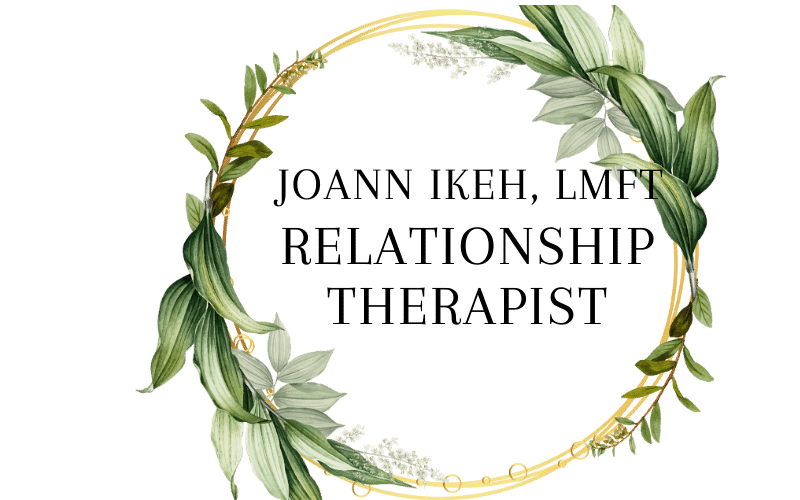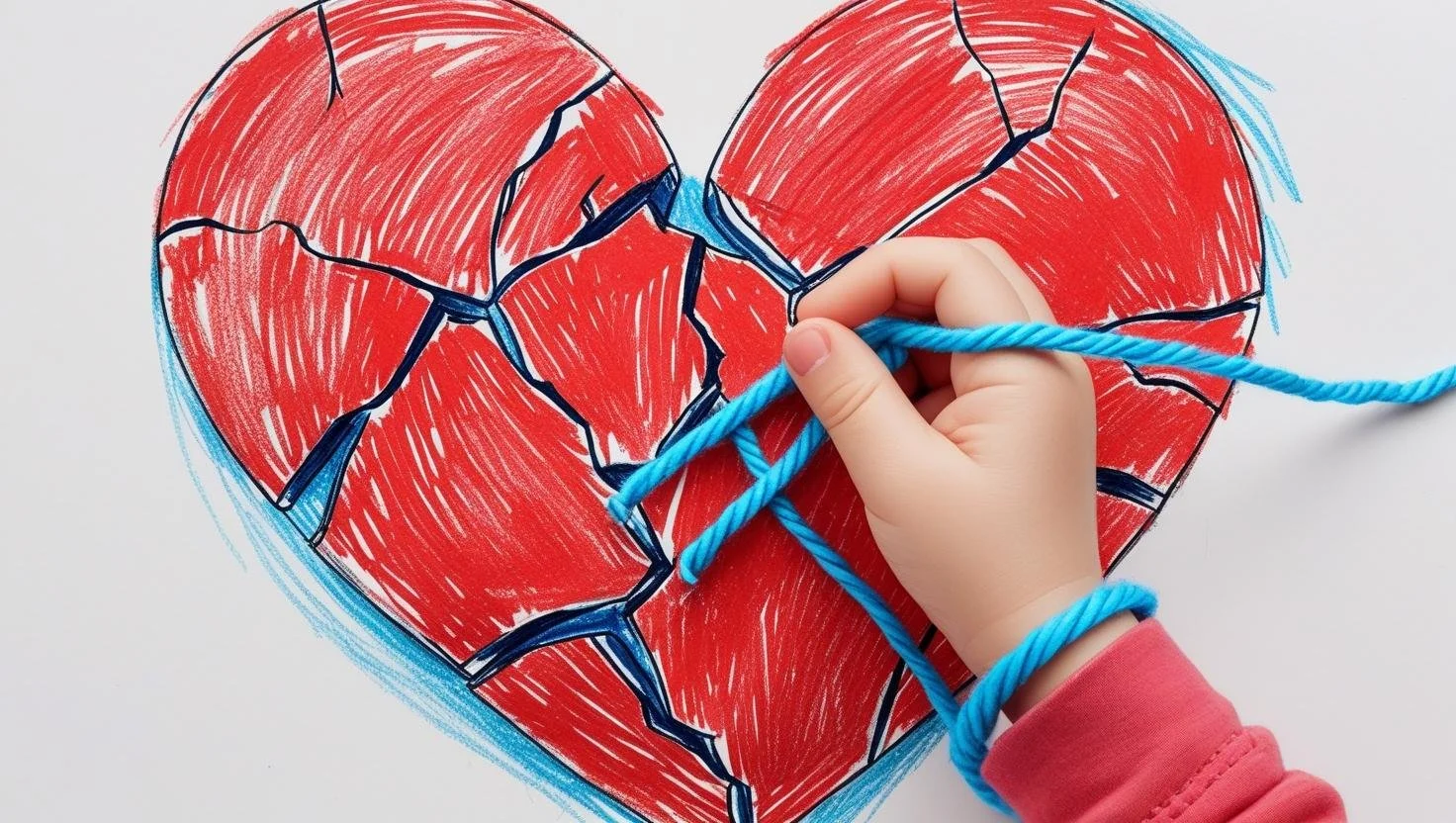Healing Attachment Wounds: A Step-by-Step Guide to Building Healthier Relationships
Struggling with anxiety, fear of abandonment, or emotional detachment? Learn how to heal attachment wounds and create secure, lasting relationships with this step-by-step guide.
What Are Attachment Wounds?
Attachment wounds are emotional injuries that often stem from early relationships with caregivers. These wounds form when our needs for safety, love, or connection were not consistently met. They can show up in adult relationships as:
Fear of abandonment
Difficulty trusting others
Clinginess or emotional avoidance
Constant need for reassurance
These wounds are rooted in insecure attachment styles—anxious, avoidant, or disorganized—and can deeply affect how we connect with others.
Signs You Might Have Attachment Wounds
If you resonate with any of the following, you may be carrying unhealed attachment wounds:
You fear intimacy but also fear being alone
You often sabotage healthy relationships
You seek validation from partners to feel worthy
You shut down or withdraw during conflict
You're drawn to emotionally unavailable people
Recognizing these patterns is the first step toward healing.
Why Healing Attachment Wounds Matters
Healing these wounds isn’t just about improving romantic relationships—it's about changing your relationship with yourself. When healed, you can:
Set healthy boundaries
Feel more secure in love
Express needs without guilt or fear
Choose partners aligned with your values
How to Heal Attachment Wounds: 6 Powerful Steps
1. Identify Your Attachment Style
Start by understanding your attachment style (anxious, avoidant, secure, or disorganized). Resources like the "Adult Attachment Questionnaire" or books like Attached by Amir Levine can help.
Pro Tip: Knowing your partner’s style can also deepen empathy and improve communication.
2. Explore the Root Cause
Unpack where your wounds began. Journaling prompts can include:
When did I first feel unlovable or unsafe?
What messages did I receive about love or trust growing up?
How did my caregivers respond when I was upset?
Healing begins with awareness.
3. Practice Inner Reparenting
Reparenting is about giving yourself the love and support you didn’t receive as a child. Say things like:
“It’s okay to feel this way.”
“You are safe now.”
“You don’t have to earn love.”
Daily affirmations and inner child meditations can be powerful tools here.
4. Build Secure Relationships
Healing doesn’t happen in isolation. Safe, nurturing relationships help rewrite your attachment blueprint. Look for people who:
Validate your feelings
Respect your boundaries
Are emotionally available
5. Set and Enforce Healthy Boundaries
Learning to say "no" without guilt is crucial. Boundaries protect your energy and rebuild self-trust. Start small:
Limit time with people who drain you
Speak up when something feels off
Take space when needed
6. Seek Therapy or Coaching
Therapists are able to help you explore these wounds and become more aware and break unhealthy patterns to shift the way you engaged in your relationships.
Final Thoughts: You Are Not Broken—You Are Healing
Attachment wounds are not your fault—but healing them is your responsibility. With patience, support, and consistent self-work, you can unlearn fear-based patterns and experience love in a whole new way.
Remember: healing is not linear, but every step counts.
💬 Ready to Start Your Healing Journey? Book a Free Consultation
If you're tired of repeating painful relationship patterns and want personalized support, I invite you to book a free 15-minute consultation. We'll talk about your goals, explore your attachment style, and map out your first steps toward emotional healing and healthier connections.
👉 Click here to schedule your free consultation
(No pressure, just a conversation.)


